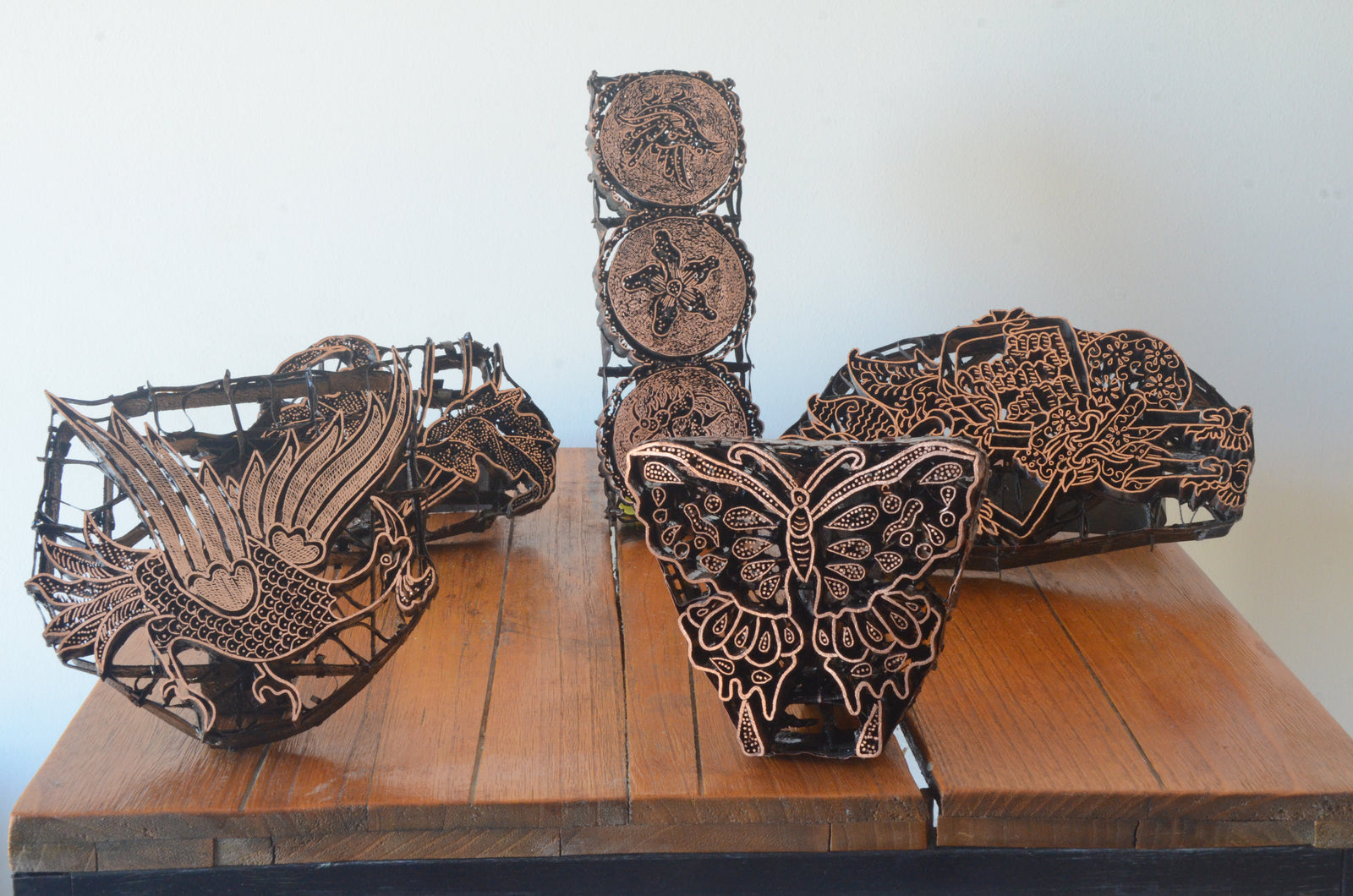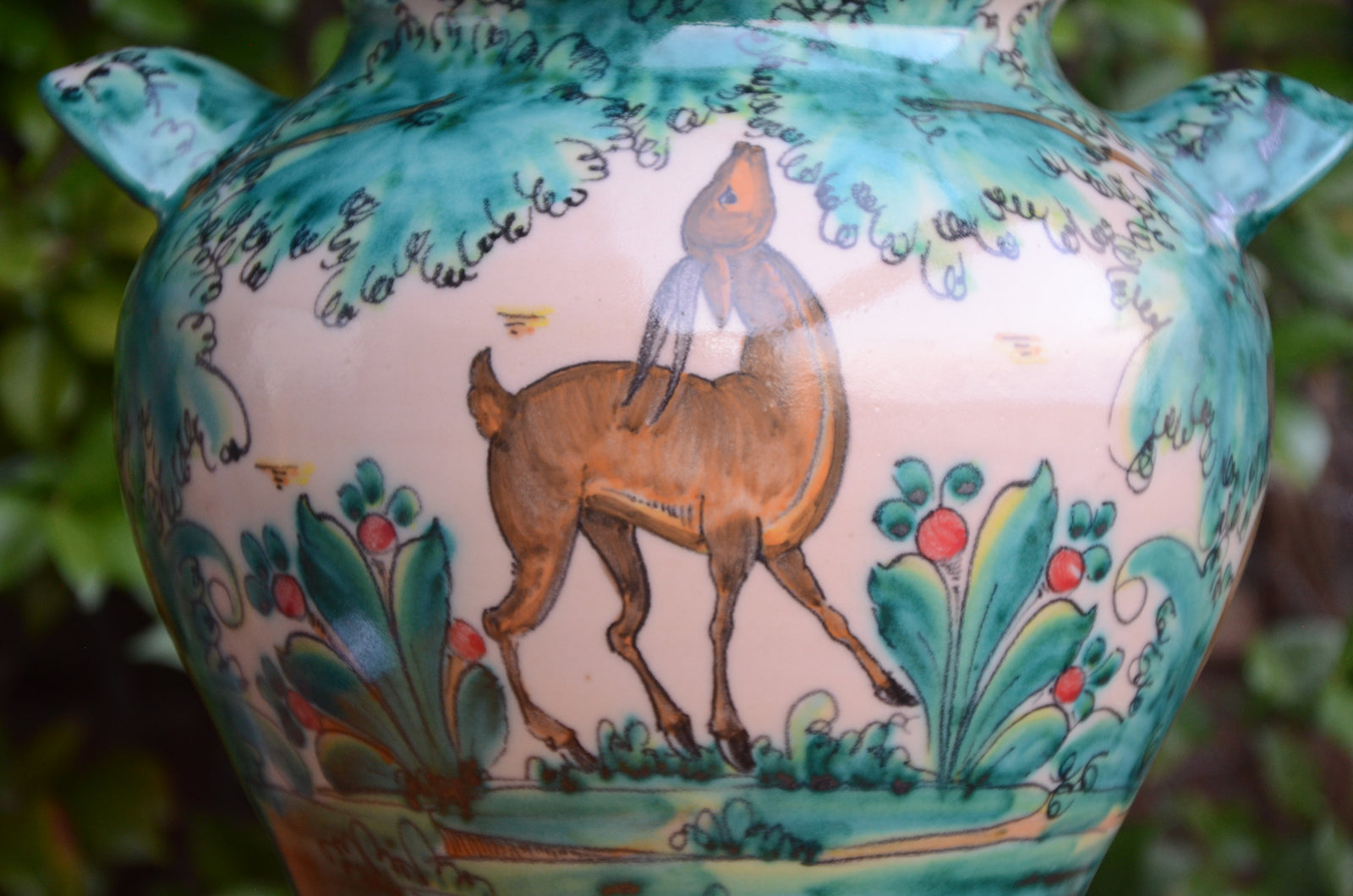
Chancay culture is a pre-Columbian culture developed in Peru between the years 1200 and 1470 b.C., which declines on XV century faded out by conquerors coming from Inca empire. Chancay civilization set up between the valleys Chancay, Chillon, Rimac and Lurin, at the central coast in current Peru. His core at 80Km north Lima, extended his influence until Huaura in the north and the Rimac river right side in the south for almost 3 centuries. Chancay was an important kingdom that included several domains in the coast and valleys of central Peru. The basic organization was the ayllu, small groups of relative people controlled by a curaca or ethnic boss which ruled the productive activities of the different artisans, farmers, ranchers and workers in general, as well as the seasonal festivities.

The society was clearly stratified, as can be seen by the different objects found on the tombs.
Population was excellent fishers and found on the sea the best source of inspiration for his art. They based the economy on the agriculture and commerce, for which they connected the Chancay valley with the north and the south by boats, as well as the coast with the mountainous inland. They built pyramidal hills on the center of the cities and groups of buildings with relevant hydraulics engineering works like terraces, reservoirs and water channels.
Chancay style ceramics has been found in big cemeteries placed in Ancón and the Chancay valley. Some of the graves included ceramics of different shapes, qualities and quantities depending of the relevance of the defunct. The ceramics was produced in mass using molds routinely to perform serial manufacturing.
The classical Chancay style is a pottery of a rough texture and decorated with black or brown colors over a clear background, white or cream, so that it is known as the Black over White Style.
Sea waves and bicephalous snakes are of common use, and represent concepts like duality and cosmos. The simplicity of the lines and design reflects the peaceful world in which they lived.
Comments will be approved before showing up.

